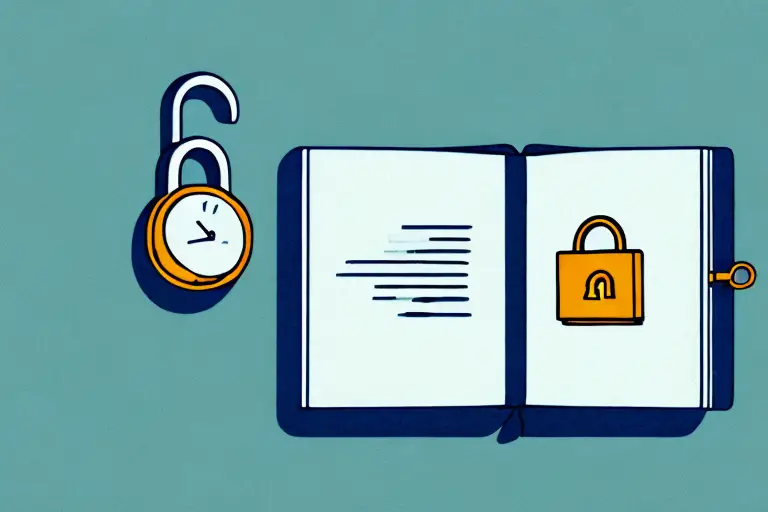Common Mistakes in Research Paper Citations (and How to Fix Them)

Citations are an essential part of any research paper, ensuring credibility, avoiding plagiarism, and acknowledging the contributions of other scholars. However, many students and researchers make mistakes when citing sources, which can lead to unintentional plagiarism, loss of marks, or credibility issues. In this article, we will explore the most common mistakes in research paper citations and provide practical solutions to fix them.
1. Incorrect Citation Style Usage
One of the most frequent mistakes students make is using the wrong citation style. Different academic disciplines require specific citation formats, such as:
- APA (American Psychological Association) – Common in social sciences
- MLA (Modern Language Association) – Used in humanities
- Chicago/Turabian – Preferred in history and some social sciences
- Harvard – Used in business and law
- IEEE (Institute of Electrical and Electronics Engineers) – Common in engineering and computer science
How to Fix It:
- Check your institution’s guidelines to confirm the required citation style.
- Use official citation guides such as the Purdue OWL website or style manuals.
- Leverage citation tools like EndNote, Zotero, or Mendeley to automate citations in the correct format.
2. Failure to Cite All Sources
Many students forget to cite some sources, particularly when using multiple references or paraphrasing information. This can lead to accidental plagiarism.
How to Fix It:
- Keep track of all sources from the beginning using a research log or reference manager.
- Always cite paraphrased ideas, not just direct quotes.
- Cross-check your final draft with a plagiarism checker like Turnitin or Grammarly.
3. Improper In-Text Citations
In-text citations must match the reference list, and incorrect in-text citations can confuse readers. Common errors include:
- Missing page numbers when required (e.g., in APA direct quotes).
- Incorrect placement within sentences.
- Mismatched author-year information in the text and bibliography.
How to Fix It:
- Follow the correct in-text citation format as per the required style.
- Always place citations at the correct point in the sentence to clarify the source of information.
- Use citation generators cautiously, as they sometimes introduce formatting errors.
4. Overuse of Direct Quotes
Relying too much on direct quotes instead of paraphrasing makes a research paper look less original. Moreover, some citation styles have strict rules on when and how to use quotes.
How to Fix It:
- Paraphrase information in your own words and provide a citation.
- Use direct quotes only when necessary, such as when preserving an author’s exact wording is crucial.
- Follow formatting rules for long quotes (e.g., block quotations in APA and MLA).
5. Omitting Key Source Details
Some students leave out essential details in citations, such as author names, publication years, or page numbers. This makes it difficult for readers to verify sources.
How to Fix It:
- Double-check citations for completeness before submitting your paper.
- Use official citation examples to compare your references.
- If you cannot find certain details (e.g., missing author), use standard rules (e.g., “Anonymous” or the title in place of an author).
6. Incorrect Bibliography or Reference List Formatting
A bibliography or reference list should follow a consistent format, but common mistakes include:
- Incorrect order of elements (e.g., placing the year in the wrong position).
- Inconsistent indentation (e.g., missing hanging indents in APA format).
- Listing sources that are not cited in the paper.
How to Fix It:
- Sort references correctly (alphabetically for APA/MLA, numerically for IEEE).
- Check indentation and punctuation using citation guides.
- Ensure that every cited source appears in the bibliography and vice versa.
7. Citing Unreliable or Non-Academic Sources
Using Wikipedia, personal blogs, or outdated sources can reduce the credibility of your research.
How to Fix It:
- Use peer-reviewed journals, books, and reputable websites (e.g., government or university sources).
- If you must use a secondary source, try to track down the original source.
- Cross-check multiple sources to verify credibility.
8. Self-Plagiarism or Duplicate Citations
Reusing previous work without proper citation (even if it’s your own) is considered self-plagiarism. Additionally, listing the same reference multiple times in different formats is an error.
How to Fix It:
- Always cite your previous work if you use it in a new research paper.
- Merge duplicate citations into a single reference in the bibliography.
- Check for unnecessary repeated citations in your paper.
9. Improper Use of “et al.” in Multiple-Author Citations
When citing sources with multiple authors, many students misuse “et al.,” leading to incorrect citations.
How to Fix It:
- In APA, use “et al.” for in-text citations if there are more than three authors (e.g., Smith et al., 2023).
- In MLA, list all authors in the works cited list but use “et al.” in in-text citations after the first author.
- Consult citation style guidelines for specific rules.
10. Not Updating Citations When Editing the Paper
When making changes to a research paper, citations often need updating. Many students forget to adjust them after deleting or replacing sections.
How to Fix It:
- After editing, cross-check citations to ensure they match the final version.
- Run a citation audit using a reference manager before submission.
- Verify all hyperlinks (for online sources) to ensure they are still accessible.
Conclusion
Citing sources correctly is crucial for academic integrity and credibility. By avoiding these common mistakes and following proper citation practices, you can enhance the quality of your research paper. Whether using APA, MLA, Chicago, or any other citation style, always double-check formatting, ensure accuracy, and keep track of your references.
For students who need additional guidance on research paper writing and citations, EssayResearchScholar.com offers professional assignment help to ensure academic success.
